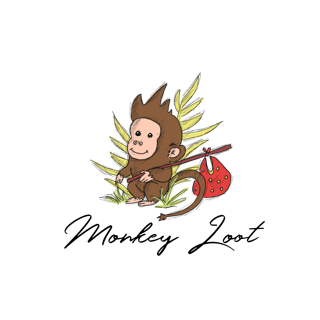STEP 1. NATURAL DYING

For a natural dye, the yarn goes under a coloration derived from natural ingredients such as tints made from leaves, wood, fruits, or flowers. First is to prepare the dye by boiling the ingredients. The yarn gently immerses into the natural dye bath for 3-4 hours, depending on the color intensity aimed. Then rinse to remove any excess dye, and hang to dry for a full day. This process of dying and drying of the cotton takes 1-2 days, then it is send to the weavers.
The benefits of a natural dye:
- it is colorfastness, and it guarantees the quality of keeping the same color, even if washed or placed in the light.
- It is hypoallergenic, with no chemical elements, it is safe for children and adult's skin.
- It preserves ancient techniques
- It is a sustainable practice, and protects the environment.
STEP 2. SETTING UP THE LOOM

The preparation consists in setting up a long weaving warp of 40 to 100 meters long and rolling the yarn onto a wooden board at the end of the loom. The warp threads stretch over the weaving frame and between the teeth of the reed (2 lines per dent, a total of more than 4 500 threads). This part is time-consuming and labor-intensive as it requires five women to warp one loom (1 loom = 100 meters of yarn = 50 blankets).
STEP 3. WEAVING

On a traditional handloom, the shuttle is thrown from right to left manually, and a weaver produces 1 to 2 meters of fabric a day, so it takes 2-3 days to produce a blanket depending on the difficulty of the design. A power loom produces 4 to 5 meters of material per day.
STEP 4. AFTER WEAVING


